
LPC551x/S1x: Baseline Arm® Cortex®-M33-Based Microcontroller Family
The baseline LPC550x/S0x MCU family, with it’s lower cost options and smaller footprint, further expand the existing general-purpose LPC5500 MCU series. It's advanced security and safety integration offer applications an extra level of protection.
Offering excellent ecosystem advantages for developers, including pin-, software- and peripheral-compatibility in addition to a comprehensive portfolio of software and tools, the LPC550x/S0x MCU family helps accelerate time to market.
This family of MCUs is part of the EdgeVerse™ edge computing platform and inclusive of the LPC55S06, LPC55S04, LPC5506 and LPC5504 MCUs.

LPC551x/S1x: Baseline Arm® Cortex®-M33-Based Microcontroller Family

High Efficiency Arm® Cortex®-M33-Based Microcontroller Family

LPC552x/S2x: Mainstream Arm® Cortex®-M33-based Microcontroller Family

MCX A13x, 14x, 15x MCUs with Arm® Cortex® M33, Scalable Device Options, Low Power and Intelligent Peripherals
|
|
|
|
|
|
|
|---|---|---|---|---|---|
|
|
|
|
|
|
|
|
|
|
|
|
|
|
|
|
|
|
|
|
|
|
|
|
|
|
|
|
|
|
|
|
|
|
|
|
|
|
|
|
|
|
|
|
|
|
|
|
|
|
|
|
|
|
|
|
|
|
|
|
|
|
|
|
|
|
|
|
|
|
Quick reference to our documentation types.
1-5 of 25 documents
Please wait while your secure files are loading.
3 design files
Receive the full breakdown. See the product footprint and more in the eCad file.
Please wait while your secure files are loading.
1-5 of 8 hardware offerings
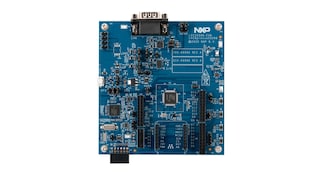
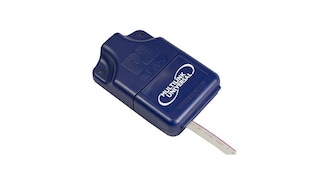
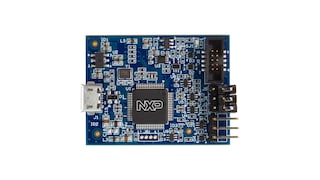
Additional hardware available. View our featured partner solutions.
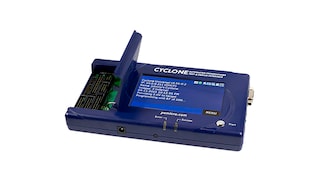
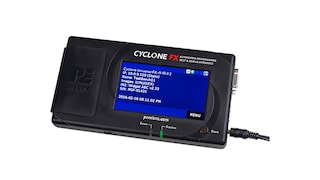
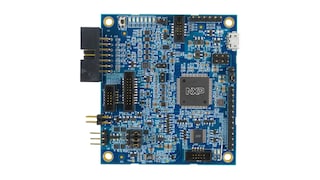
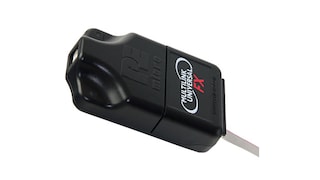
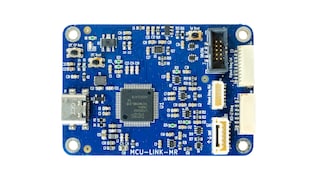
1 hardware offering
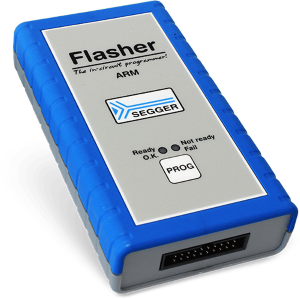
To find additional partner offerings that support this product, visit our Partner Marketplace.
Quick reference to our software types.
1-5 of 13 software files
Additional software available. View our featured partner solutions.
Note: For better experience, software downloads are recommended on desktop.
Please wait while your secure files are loading.
1-5 of 11 software offerings











To find additional partner offerings that support this product, visit our Partner Marketplace.
4 engineering services




There are no results for this selection.
To find additional partner offerings that support this product, visit our Partner Marketplace.
22 trainings